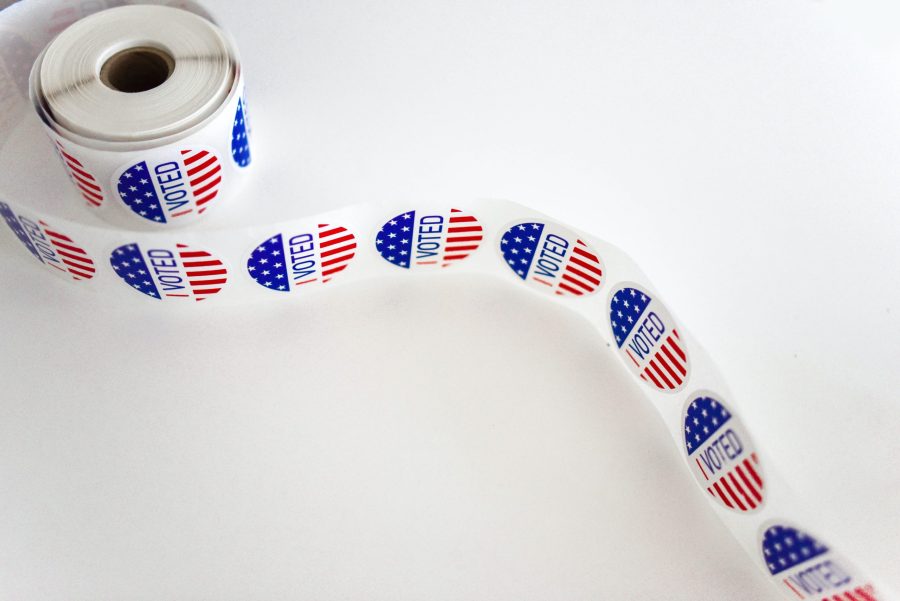Various cases of gender discrimination, apparent in dress codes which disproportionately target females, have become the focal point of controversies regarding women’s education.
Sometimes it’s hard not to hate the Puritans. I suppose it’s true that America with a capital A wouldn’t exist without them, but gosh darn it if their values — which continue to saturate our society — aren’t more often than not an enormous drag. And for women, “drag” may be putting it lightly.
A 5-year-old girl from Texas was recently strapped in a sweater and pants on her first day of school for donning a sundress. Another 18-year-old Texan student was sent home for wearing leggings and a large shirt that left little skin revealed. A female student here at UCSD, just last week, was cited by police officers on library walk for being topless. These incidences have made it increasingly clear that the bar for “indecency” is held much higher for women than it is for men in our society. Why?
Well, here’s what school administrators will tell you: Yoga pants, spaghetti straps and shorts that don’t reach girl’s fingertips are distracting to boys in the classroom. The letter of the law, in most parts of the U.S., will tell you that, while it is perfectly acceptable for a man to walk around without a shirt, a woman can land up to six months in county jail and be fined up to $1,000 for revealing her nipples in public just once. If there’s one example of institutionalized sexism in the U.S., dress code policies and indecent exposure laws might just fit the bill. These are laws that have been set in place because of specific notions about women that are widely held in society, but it is these very notions that our society should be actively combating not perpetuating.
On her “Sex Positive” YouTube channel, Laci Green describes the effects dress codes can have. When you tell an impressionable young girl that she needs to “cover up” and to dress in a certain way, so as not to “distract boys,” two very dangerous things happen: The girl learns to be ashamed of her body and to view herself as a sexual object. She also sees herself in terms of how boys and men view and value her. Sexist dress codes perpetuate the exact problem it attempts to curtail; it ensures that girls continue to be sexualized — thereby, “distracting” — starting from an age at which, in the words of the enraged father of the aforementioned 5-year-old girl, you could “cut her hair and put her next to a boy with no shirt on and she [would be] fundamentally identical.”
Now here’s the problem with sexualization. Sure, we all like to feel sexy, look sexy, be considered sexy — boys and girls alike. There’s nothing wrong with acknowledging and enjoying sexuality. The trouble arises when sexuality is used to shame, victimize and define the female body as an object with the primary purpose of bringing pleasure, be it sexual or merely aesthetic. According to the American Psychological Association, ample evidence indicates that “sexualization [of girls and women] has negative effects in a variety of domains, including cognitive functioning, physical and mental health, sexuality and attitudes and beliefs.” Self-objectification, a side effect of dress codes, has been repeatedly shown to detract from girls’ ability to concentrate, leading to impaired performance on mental activities, as reported by the APA. Furthermore, violators of dress codes, who are disproportionately girls, often receive punishments, such as detention, suspension or are sent home from school. In an effort to curb the suffering of easily distracted boys, girls’ education is harmed. APA research also links sexualization with three of the most common mental health problems of girls and women: eating disorders, low self-esteem and depression.
Obviously, female sexualization comes from sources other than school dress codes. It’s evident in the double standard of public indecency laws and in Carl’s Jr. commercials of supermodels eating cheeseburgers. What seems to be the underlying problem in addressing the issue is that the norms regarding female sexuality must first be violated and challenged before they can be effectively changed. This has been seen in the #FreeTheNipple campaign, in which women expose their breasts in pictures and in public in an attempt to desexualize that part of the female anatomy. The young woman recently cited near Geisel Library for indecent exposure was in fact making a statement for this cause. Desexualizing women takes charge of the situation by humanizing women and pushing for a shift away from objectification in society at large. This means empowering women to respect their bodies as a basic human birthright — each part of which holds no more inherent sexual connotation than the equivalent body parts of men.
The problem isn’t that all men innately have uncontrollable libidos and will jump any woman who shows too much cleavage. It’s that boys and men are raised with the same puritanical norms that women are. The difference is that women come out with notions of self-objectification, and men come out with the tendency to objectify. Both results are problematic, and the solution is a shift in normative values regarding sexuality. Women should feel comfortable with their bodies and should dress, not to impress, but to feel confident and happy.











